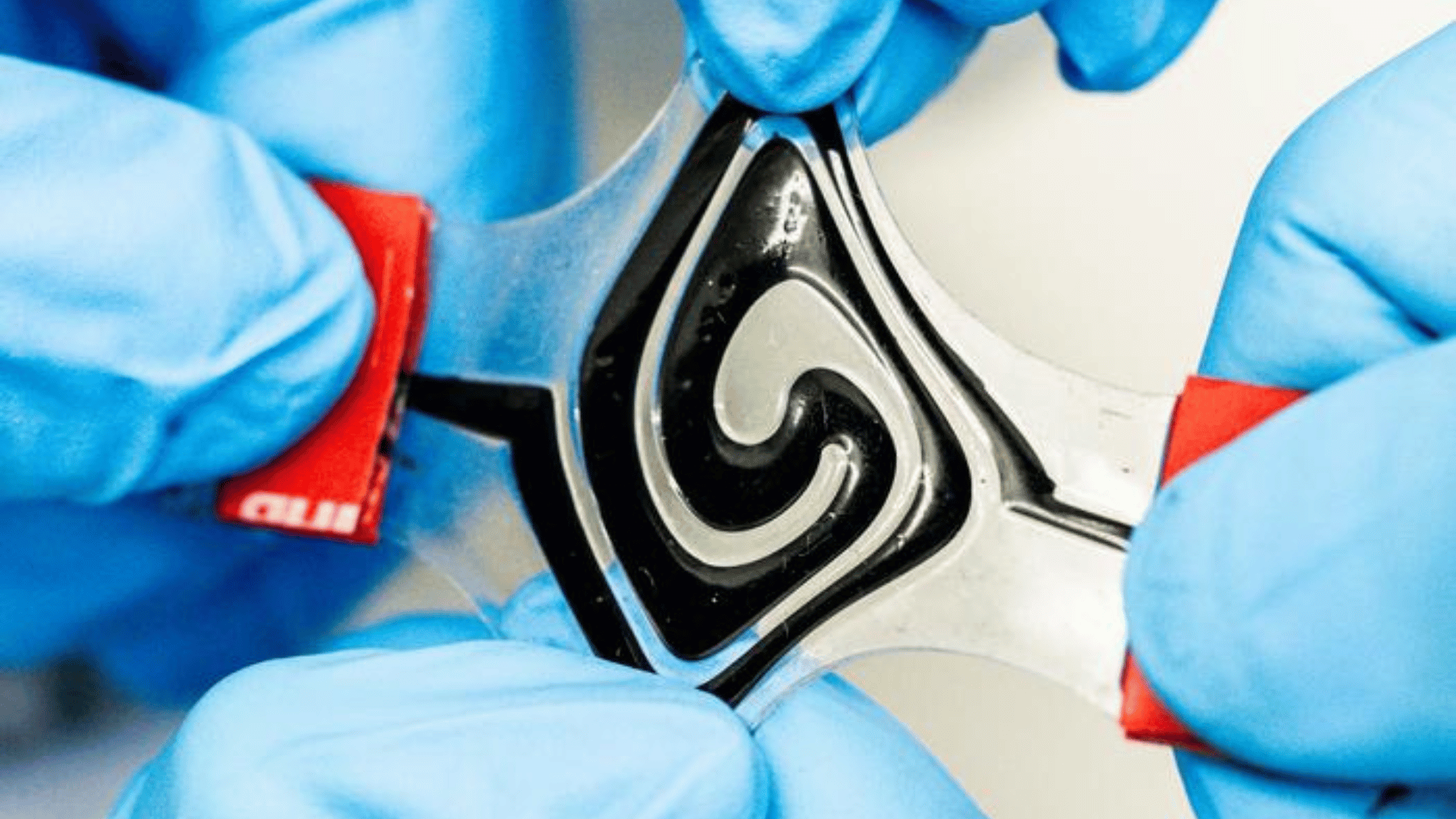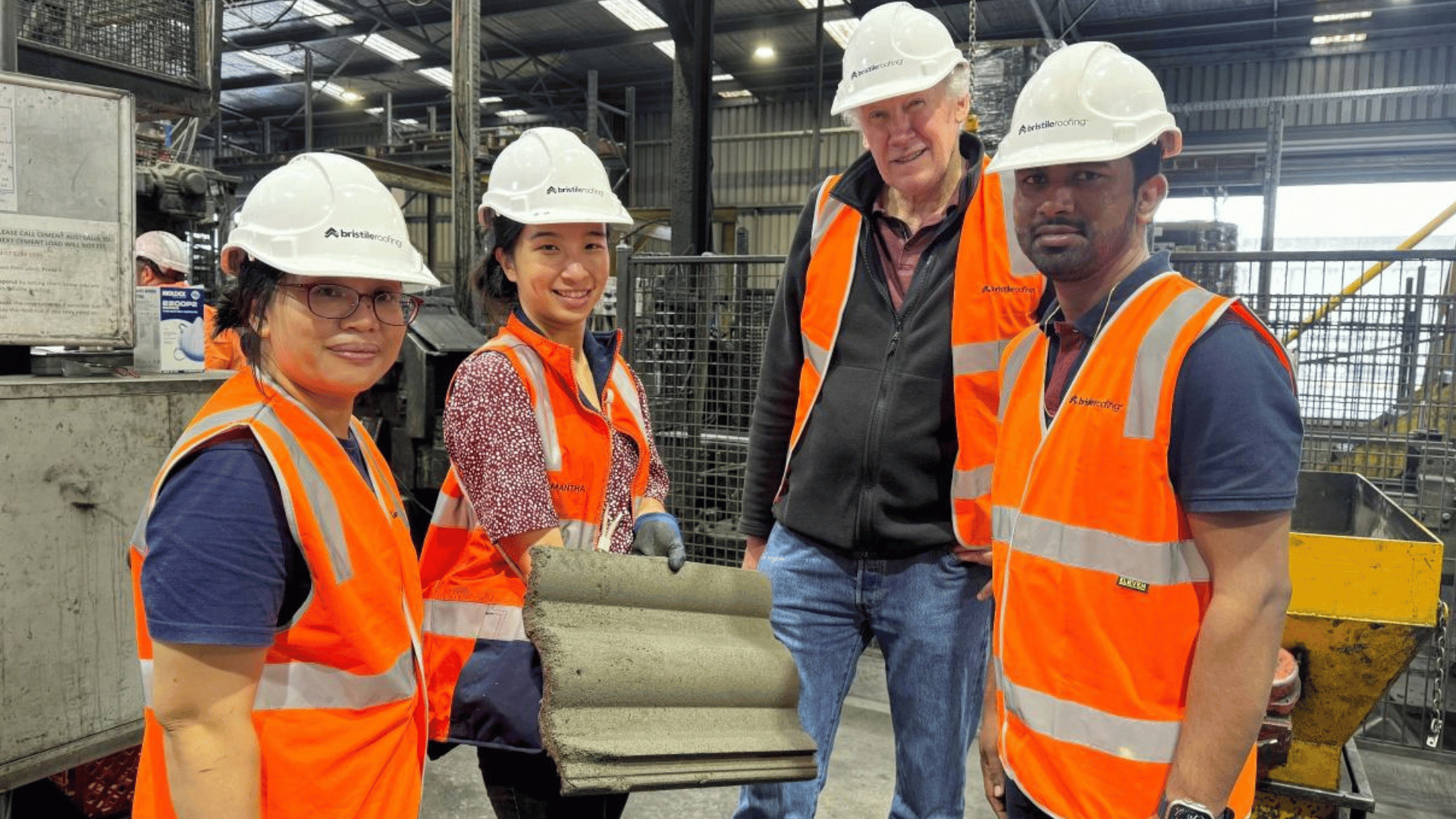Researchers developed a new type of soft battery that can reportedly take any shape for use in various smart wearables. According to the researchers, the “soft and comfortable” battery can be integrated into future technology in a “completely new way.”
“The texture is a bit like toothpaste. The material can, for instance, be used in a 3D printer to shape the battery as you please. This opens up for a new type of technology,” said Aiman Rahmanudin, assistant professor at Linköping University.
Researchers estimate that more than a trillion gadgets will connect to the internet in ten years. This goes far beyond mobile phones, smartwatches, and computers. They say it will extend to other technologies such as insulin pumps, pacemakers, hearing aids, and various health monitoring sensors. In the long term, it could extend to soft robots, e-textiles, and connected nerve implants.
However, for this futuristic idea to happen, new batteries must be developed.
A Battery Takes Form

“Batteries are the largest component of all electronics,” said Aiman Rahmanudin. “Today, they are solid and quite bulky. But with a soft and conformable battery, there are no design limitations. It can be integrated into electronics in a completely different way and adapted to the user.”
The researchers developed a battery that is “soft and malleable” through a new, key approach of converting electrodes from a solid to a liquid form.
Fluid electrodes have been tested in the past with no success. Because liquid metals such as gallium were used, the material only functioned as an anode, which put it at risk of solidifying during discharging and charging. As a result, it lost its fluid nature.
The researchers at LiU Campus Norrköping took a different approach. Their soft battery was based on conductive plastics (conjugated polymers) and lignin, a byproduct from paper production. According to the researchers, it can maintain its performance after 500 recharges and discharges. Additionally, they say it can be stretched to double its length and still work.
“Since the materials in the battery are conjugated polymers and lignin, the raw materials are abundant,” said Mohsen Mohammadi, postdoctoral fellow at LOE. “By repurposing a byproduct like lignin into a high-value commodity such as a battery material, we contribute to a more circular model. So, it’s a sustainable alternative.”
The Future
Their next step is to increase the battery’s electrical voltage. According to Aiman Rahmanudin, they have to overcome some limitations.
“The battery isn’t perfect,” he said. “We have shown that the concept works, but the performance needs to be improved. The voltage is currently 0.9 volts. So now we’ll look at using other chemical compounds to increase the voltage.”
He continued, “One option that we are exploring is the use of zinc or manganese, two metals that are common in the Earth’s crust.”







